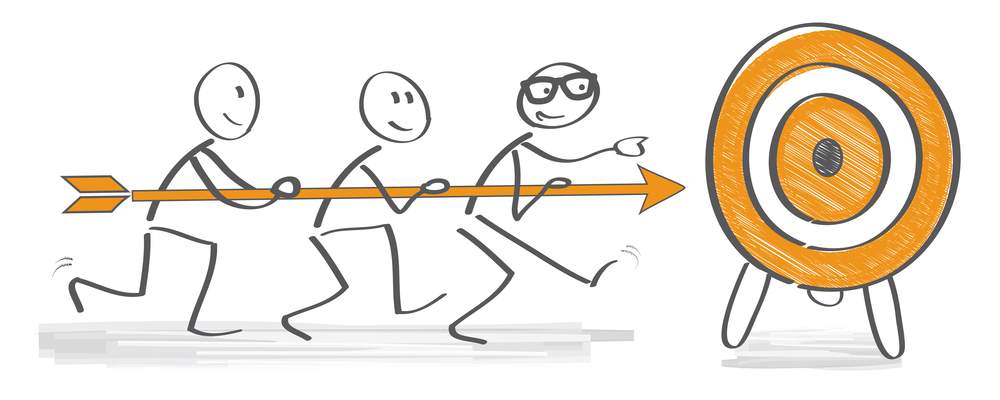Post Date: March 6, 2024

In the complex landscape of modern workplaces, team cohesion stands as a linchpin for success. As we delve into the strategies for developing and maintaining cohesion and unity within a team, we recognize the pivotal role it plays in achieving collective goals and creating a positive work environment. This article explores the multifaceted aspects of team cohesion, emphasizing its importance and offering actionable strategies for team leaders and members alike.

1: Understanding Cohesion in a Team
Definition and Impact:
Team cohesion refers to the degree of connectivity and solidarity among team members. It profoundly influences team performance, job satisfaction, and the ability to navigate challenges collectively.
Types of Cohesion:
There are different dimensions of cohesion, notably task cohesion, focused on achieving common objectives, and social cohesion, which centers on the interpersonal relationships within the team. Both are critical for a team’s overall success.
Benefits of Cohesion:
A cohesive team experiences increased productivity, enhanced problem-solving capabilities, and higher levels of job satisfaction. The positive effects of cohesion ripple through all aspects of team dynamics.
2: Factors Influencing Team Cohesion
Leadership Role:
Leadership styles and actions significantly influence team cohesion. Leaders who foster open communication, encourage collaboration, and set a positive example contribute to a cohesive team.
Communication:
Effective communication acts as the glue that binds a team together. Open, transparent, and timely communication builds trust and ensures everyone is on the same page, fostering a sense of unity.
Shared Goals and Vision:
Aligning team members with common goals and a shared vision provides a clear direction. This shared purpose not only enhances cohesion but also motivates individuals to work towards a collective objective.
Team Diversity:
While diversity can bring a wealth of perspectives and ideas, effective management is crucial. A diverse team, when properly led, can harness its differences to strengthen cohesion.
3: Strategies for Developing Team Cohesion
Team Building Activities:
Engaging in team-building exercises creates opportunities for members to bond outside of work tasks, fostering a sense of camaraderie and understanding.
Regular Team Check-Ins:
Regular check-ins provide a platform for team members to voice concerns, share successes, and strengthen interpersonal connections. These check-ins are vital for maintaining a cohesive team culture.
Recognition and Appreciation:
Acknowledging and appreciating individual contributions fosters a positive team environment. Recognized team members feel valued and are more likely to actively contribute to the team’s success.
Training and Skill Development:
Investing in the continuous development of team members not only enhances their individual skills but also contributes to a culture of learning and improvement, reinforcing cohesion.
4: Overcoming Challenges to Team Cohesion
Identifying Challenges:
Common challenges to team cohesion include conflicts, breakdowns in communication, and resistance to change. Recognizing these challenges is the first step in addressing them.
Conflict Resolution Strategies:
Developing effective conflict resolution strategies is crucial for maintaining team harmony. Encouraging open communication and addressing conflicts promptly can prevent them from escalating.
Communication Improvement:
Improving communication within the team involves creating channels for open dialogue, active listening, and addressing any barriers that may hinder effective information flow.

Conclusion:
In conclusion, team cohesion is not just a desirable trait; it is a fundamental component of high-performing teams. By understanding its various dimensions and implementing the strategies outlined, teams can cultivate a culture of unity, collaboration, and shared success.
Share your experiences in developing team cohesion. Engage in discussions about effective strategies on our platform and continue your journey towards creating a cohesive and successful team.
FAQs on Developing Cohesion and Unity in a Team:
Q1: What is team cohesion, and why is it important?
A1: Team cohesion refers to the degree of connectivity and solidarity among team members. It is crucial because it positively influences team performance, job satisfaction, and the ability to navigate challenges collectively.
Q2: How can team leaders foster cohesion within their teams?
A2: Team leaders can foster cohesion by exhibiting positive leadership styles, promoting open communication, aligning the team with shared goals and vision, embracing diversity, and implementing team-building activities.
Q3: What are the benefits of having a cohesive team?
A3: A cohesive team experiences increased productivity, enhanced problem-solving capabilities, and higher levels of job satisfaction. Cohesion contributes to a positive work environment and strengthens the team’s ability to achieve collective goals.
Q4: How can teams overcome conflicts and challenges to maintain cohesion?
A4: Teams can overcome conflicts by implementing effective conflict resolution strategies, improving communication, and addressing challenges promptly. Open dialogue, active listening, and a focus on shared goals are key to maintaining cohesion.
Q5: Are team-building activities effective in fostering cohesion, and what types are recommended?
A5: Yes, team-building activities are effective in fostering cohesion. Recommended activities include trust-building exercises, collaborative problem-solving challenges, and activities that promote open communication and understanding among team members.






